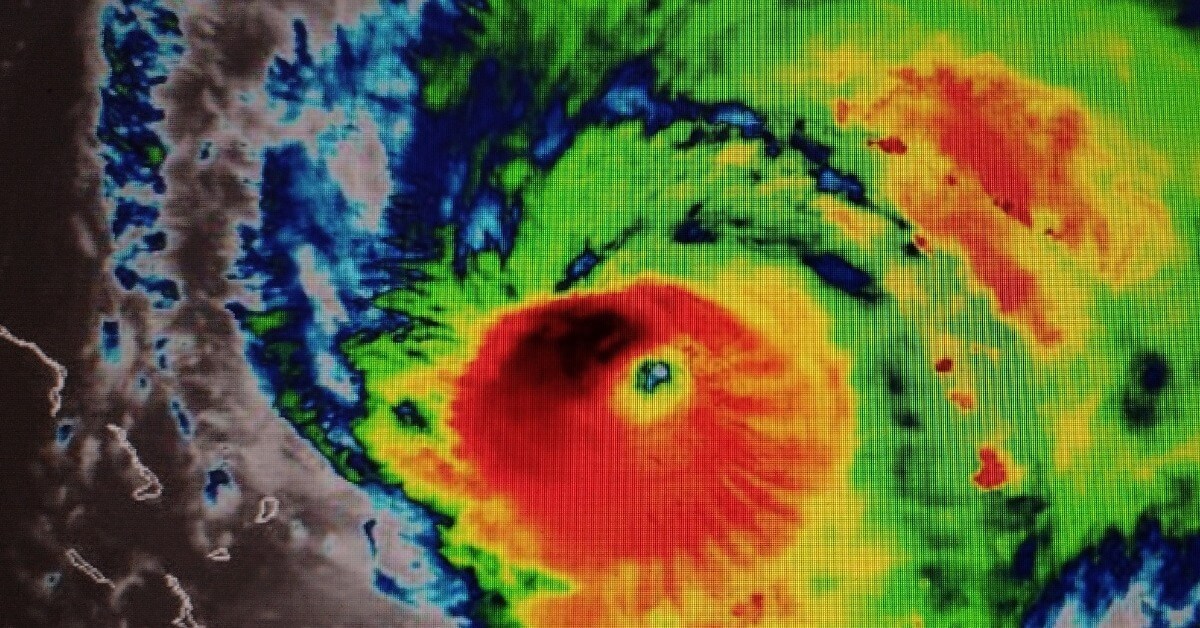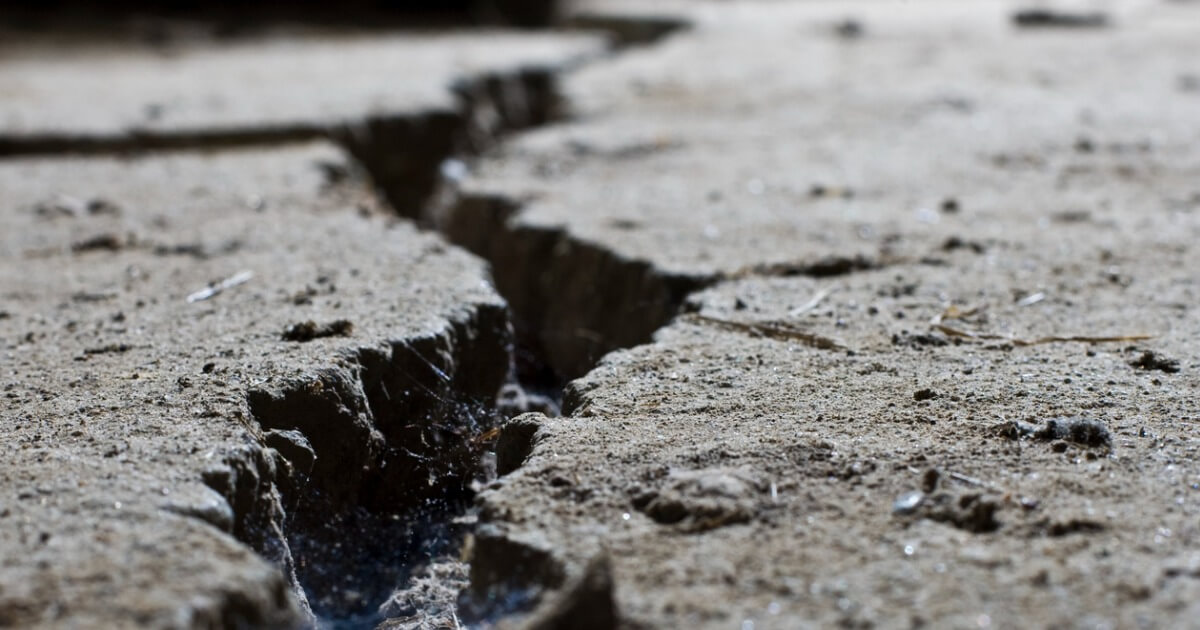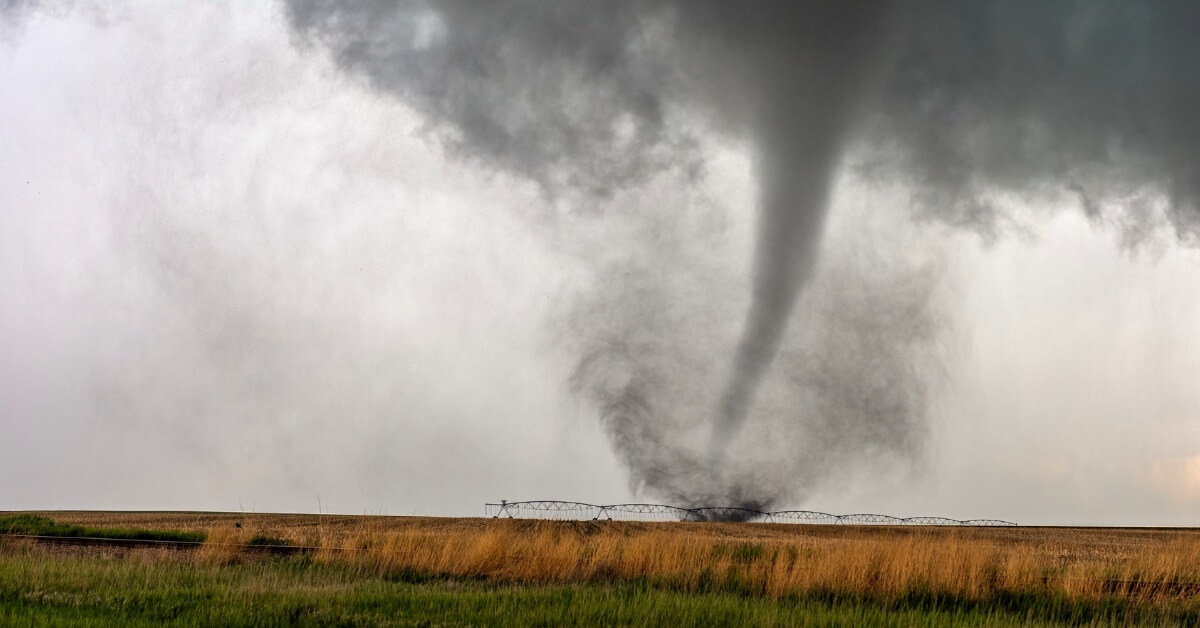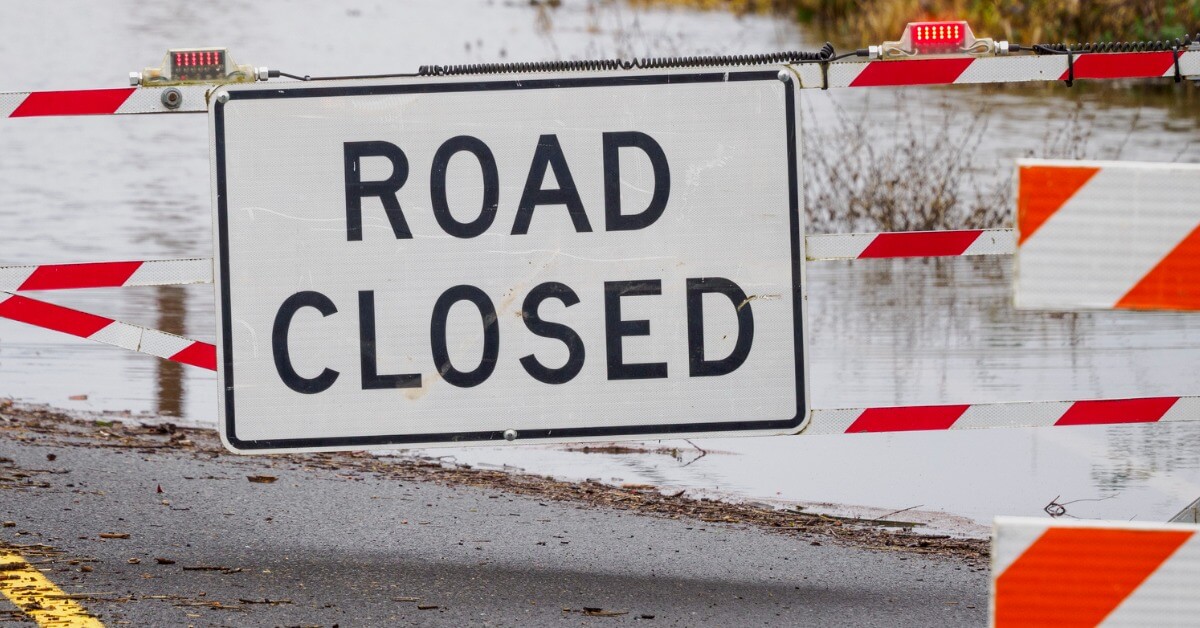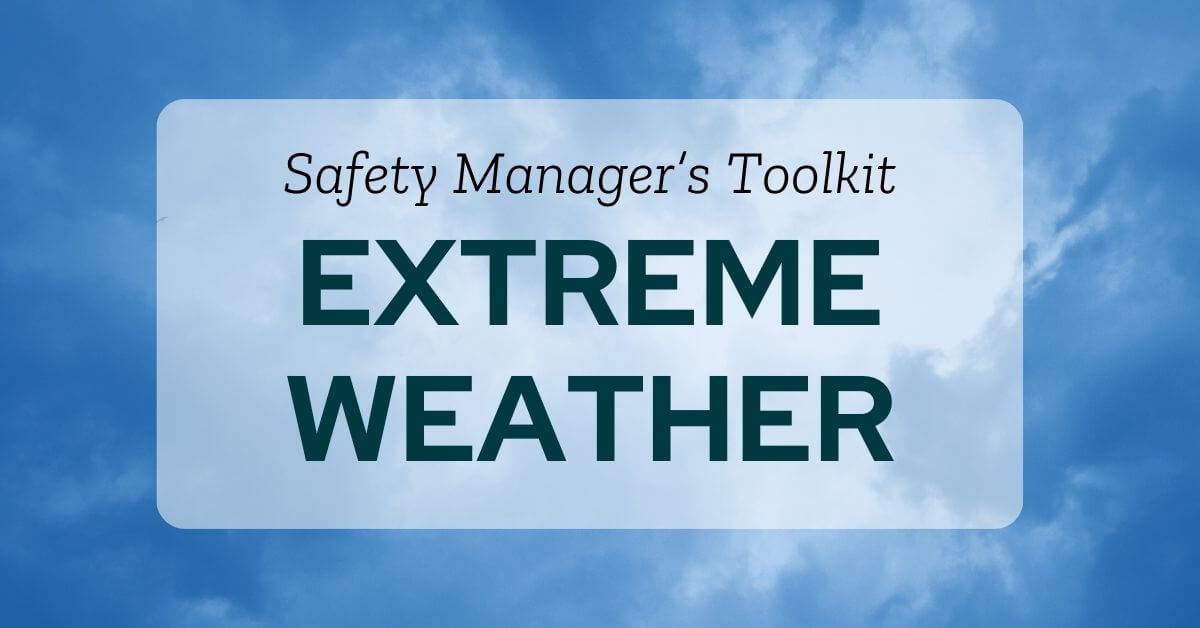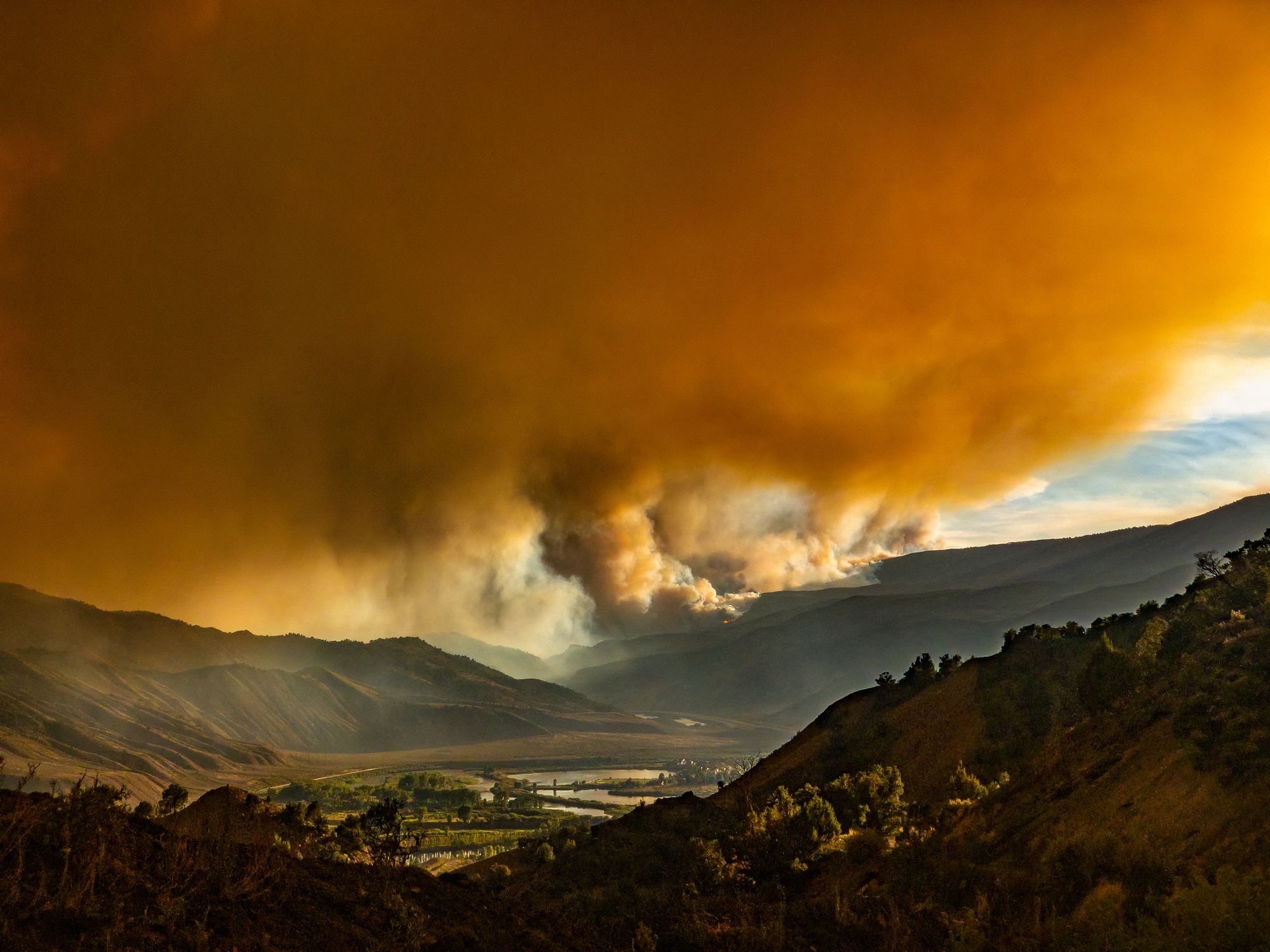Earthquakes: A Safety Manager’s Prep Guide
While not exactly extreme weather events, earthquake safety preparation can follow the same model we use for many extreme events. Growing up in Southern California, I always wondered about the futility of hiding under my flimsy elementary school desk during our earthquake drills. For those of you who operate in earthquake zones (welcome to the fold, mid-westerners, and east coasters. Glad you could join us!) Here’s a great opportunity to instill some confidence in your workforce by making sure you’ve got solid earthquake safety plans in place.
So, how do you prepare for earthquakes in your facility? There are three keys to reducing the impact of earthquakes on your workforce. Follow the three Ps we use for all extreme weather preparation:
Let’s dive into these three Ps
The First P
PLAN for Earthquake Safety
How do we plan for these events?
Sudden, rapid shaking of the earth caused by shifting of underground rock is unpredictable and can happen at any moment.
Aftershocks, tsunamis, fire, and landslides can result after the mainshock
Know your geographic area and find out if you are prone to earthquakes. The USGS has some great resources listed by state.
- Check out the Great American Shake Out for some great drills.
- Get familiar with Drop, Cover, and Hold On. Maybe my elementary school was onto something!
The Second P
PREPARE for Earthquake Safety
Why should we prepare for earthquakes?
According to FEMA, “Planning involves attempting to reduce the “unknowns” of the anticipated disaster situation. No planning effort can anticipate everything that will occur when disaster strikes, but good plans can at least identify expected major problems and attempt to devise solutions.”
Are earthquakes covered in your facility’s emergency action plan?
An emergency action plan facilitates and organizes employer and employee actions prior to, during, and after workplace emergencies.
- Develop a plan to shut off critical utilities.
- Outline safe shelter areas, emergency equipment and response, critical utility shutoff procedures. Be mindful of employees with special needs.
- Gather emergency supplies that include fresh water and food, flashlights, batteries, and first aid kits.
FEMA also points out, “…remember that earthquakes are very destructive, but occur relatively infrequently compared to many other disasters, especially in areas outside of the western US. Thus, the practice and skills associated with preparedness for this specific event are probably less familiar and more prone to “rust” than many other disasters.”
The Third P
PRACTICE Responding to Earthquakes
Train employees on what to do:
Train employees on safe spaces and how to DROP, COVER, and HOLD ON
- Drop to your hands and knees, crawl to a sturdy structure (table or desk)
- Cover your head and neck
- Hold on to the sturdy structure until the shaking stops
Hey, maybe my elementary school was onto something!
Also, cover what not to do:
DO NOT get in a doorway! An early earthquake photo is a collapsed adobe home with the door frame as the only standing part. From this came our belief that a doorway is the safest place to be during an earthquake. In modern houses and buildings, doorways are no safer, and they do not protect you from flying or falling objects. Get under a table instead!
DO NOT run outside! Trying to run in an earthquake is dangerous, as the ground is moving and you can easily fall or be injured by debris or glass. Running outside is especially dangerous, as glass, bricks, or other building components may be falling. You are much safer to stay inside and get under a table.
Who is in charge?
Employees need to know who the emergency coordinator is and understand that this person has the authority to make decisions during emergency events.
The coordinator is responsible for assessing the situation to determine whether an emergency exists and requires
- activating emergency procedures,
- overseeing emergency procedures,
- notifying and coordinating with outside emergency services, and
- directing shutdown of utilities or plant operations if necessary.
Earthquakes can be challenging, but we can tackle them head-on with a solid emergency action plan.
By staying informed and taking proactive steps, you can minimize damage and ensure the safety of our workforce and infrastructure.
Subscribe to the blog to get best practices for responding to extreme weather events. We’ll be posting a new article monthly.
With a little preparation, we can face any weather challenge with confidence.
Read the Latest Extreme Weather Articles
Our Better Workforce Blog is your Ultimate Guide!
Stay informed with weekly industry updates, expert insights, best practices, and actionable tips to enhance workplace safety and compliance.

